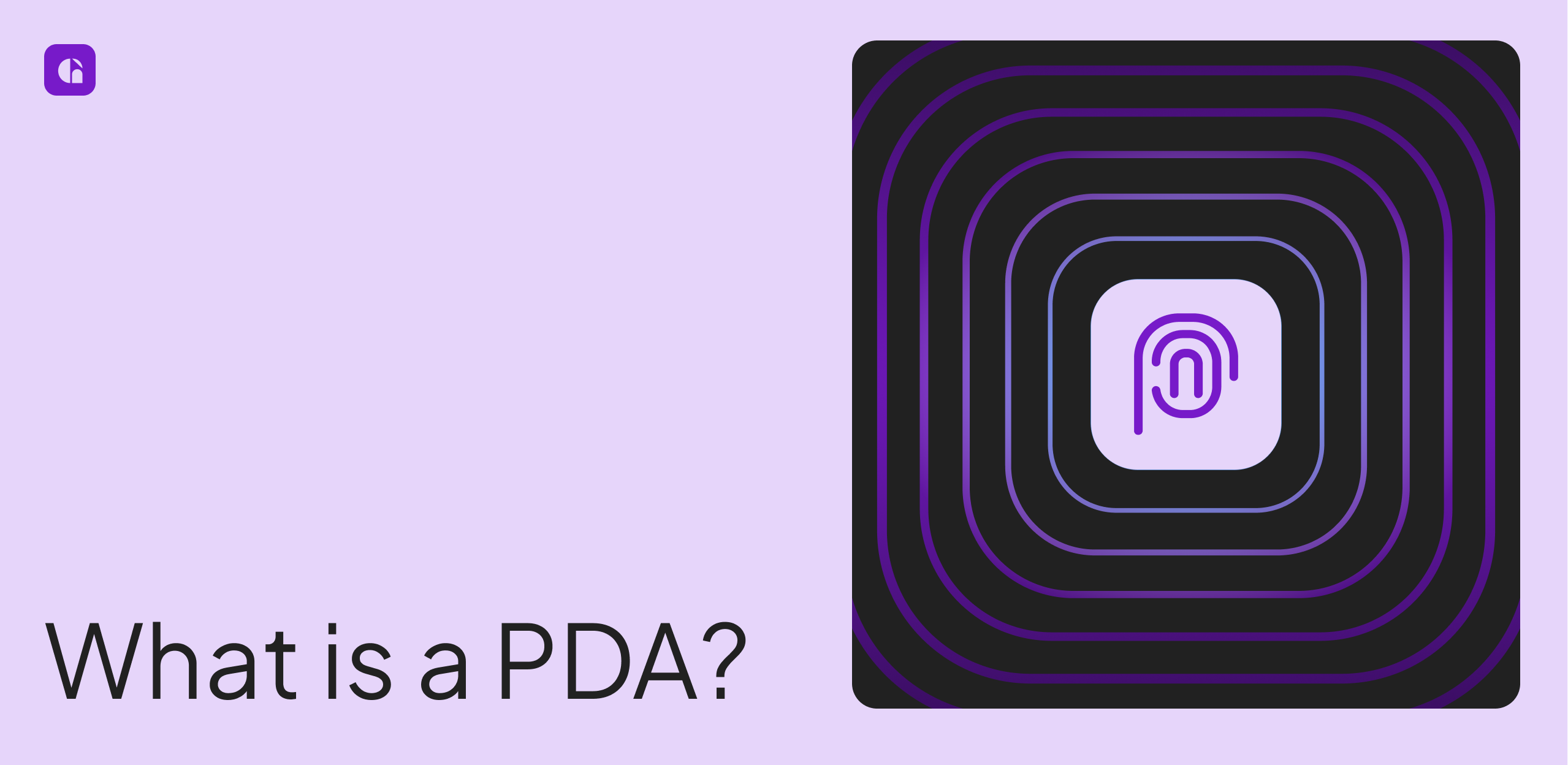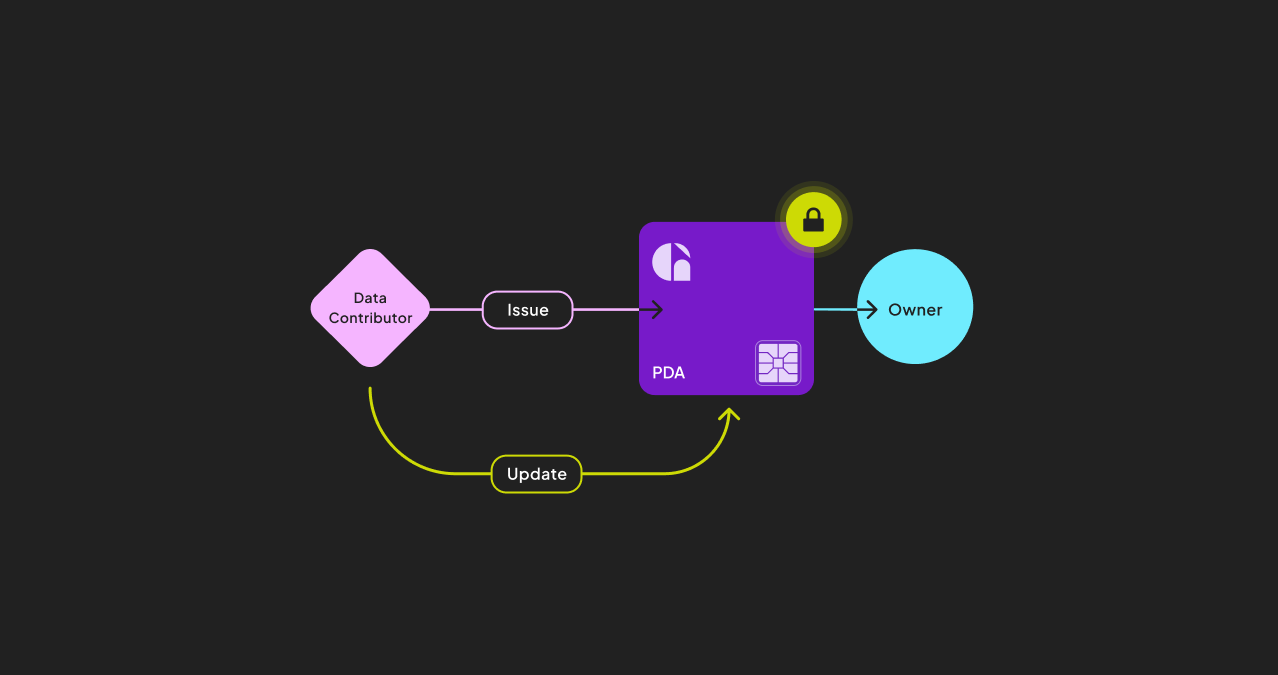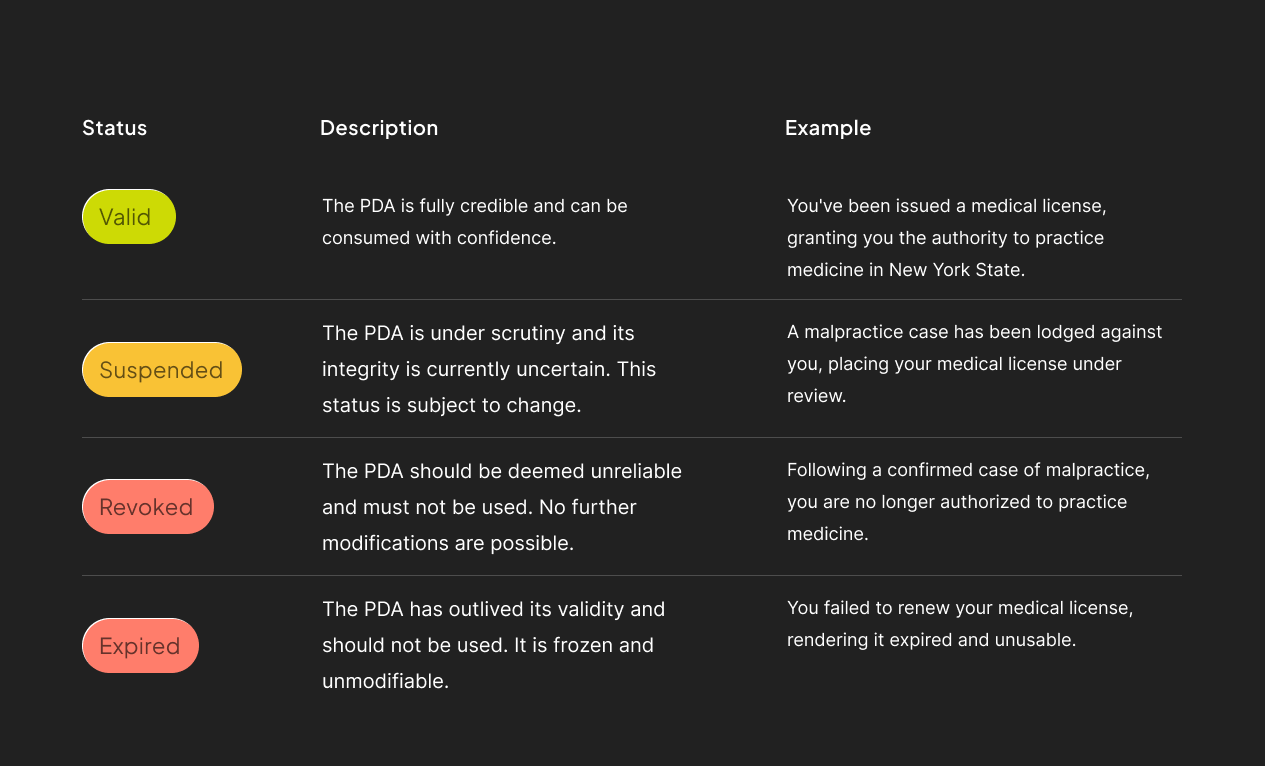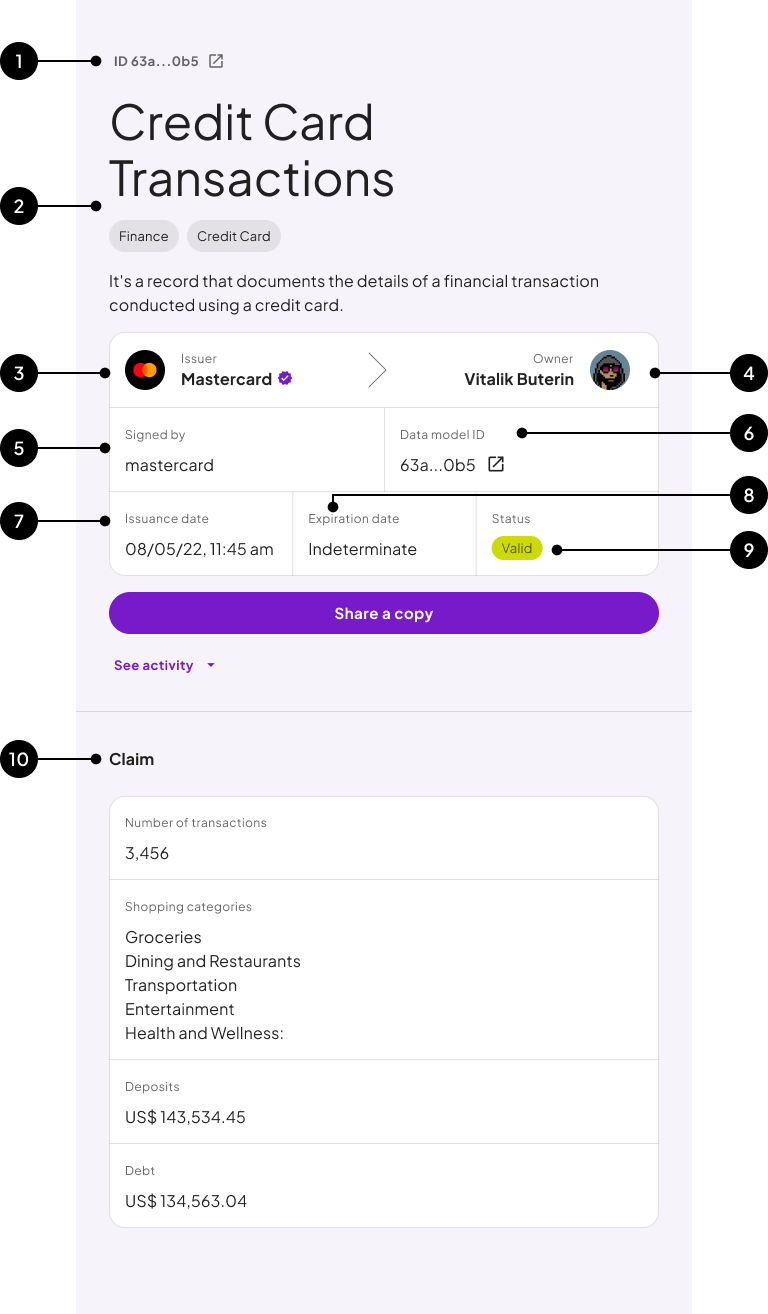What is a PDA?

What is the PDA Lifecycle?

Contribution
**The lifecycle of the PDA starts when the Data Contributor utilizes a data model to contribute data about (another) DID ** This data is usually something that the Contributor may hold about you. For example, this can be your loyalty information at North Face or transcript from the college you attended. Once the Data Contributor sends the Data Model ID along with the user data (encrypted in transit), the validators verify against the schema before surfacing the “contribution” on the Gateway Ledger. A sample transaction of a contribution can be viewed here. The responsibility for ensuring the accuracy of this data rests squarely on the Data Contributor. Should the information be found inaccurate, the Contributor’s credibility would diminish, leading to decreased trust from Requestors who rely on this data. A sample mutation for issuanceUpdating Claim Info
To preserve the accuracy and reliability of information within the Personal Data Asset (PDA), it’s essential for the Contributor to have the authority to revise any aspect of the claim as circumstances dictate. However, these revisions must be conducted in alignment with the predefined Data Model, precluding the introduction of new fields. This procedure ensures data consistency and firmly places the responsibility for maintaining up-to-date and accurate information on the issuer.Updating Status
In our quest to uphold data integrity and verifiability, Gateway’s protocol incorporates a dynamic status framework for PDAS. This ensures that all parties involved—from contributors to requestors—are aware of the quality and reliability of the information they handle. Here’s how it works:
PDA Structure
These are the predictable components that are part of every PDA.
The PDA ID is the main reference to all the Arweave hashes associated with the respective PDA.2. Name, Description, Categories The following makes up the header of the PDA PDA Header These are used to provide a general context of what the PDA is about. It is not uncommon for PDAs to have names, descriptions, and categories that match the data model, especially if they are issued in mass. By default, if an issuer does not provide a name, description, or category, it defaults to using the data model fields. An image can also be provided if the issuer would like. 3. Issuer This is the ID of the entity that issued the PDA. The issuer can control the credential claims and update the PDA’s status.
By default, the Display Name of the Issuer is shown, but you can click on the ID to see more info. The ID is displayed in Display Name format. If verified, it will showcase the checkmark. Verification is limited to organizations at the moment. 4. Owner ID This is the identifier of the Owner. It defaults to show your display name, but the Username is also available.
It is often who the claims are about. Spotify sent Elon a PDA 5. Authenticated by Identifies who was responsible for the issuance, in an org context, will identify an org user ID 6. Data Model ID The data model used determines what the claims will be related to. Since every PDA is linked to a data model, the ID is stored as a reference on the PDA. This is particularly important for verifiers when they are requesting PDAs. The related data model is linked on the PDA page for you to reference and will redirect you to the explorer. This redirects to the related data model 7. Issuance Date This is when the PDA is issued and timestamped relative to when the transaction was initiated. All times are UTC based. 8. Expiration date When a creator Issues a PDA, It is possible to set an inspiration date or leave it indeterminate. 9. Status The status of the PDA is extremely important in determining its consumption. The details related to the status are explained above.
Statuses will automatically update on your PDA if the issuer changes it10. Claims The core of each Private Data Asset (PDA) is its claims—key pieces of user information organized by a selected data model. These claims define what the PDA represents about a user or how it relates to the user.
These are Spotify’s claims about Elon, and the structure is based on the “Top 1% Listener” Data Model.

